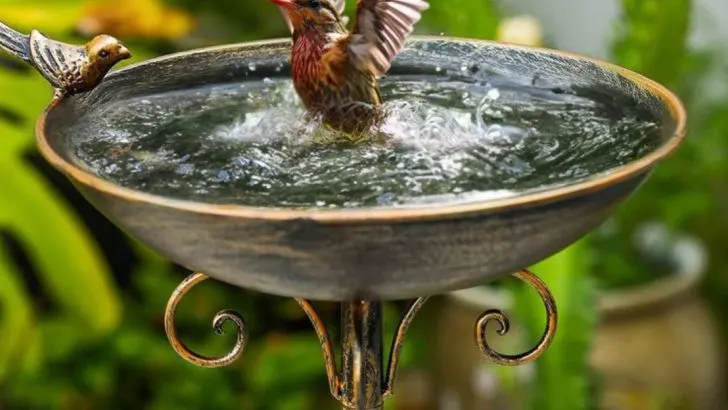Once common in yards across the country, these timeless garden features were more than just decorative—they were deeply connected to how people lived, grew food, and spent time outdoors. Over time, many of these elements quietly disappeared, replaced by modern trends and convenience.
In this article, we’ll explore 15 forgotten garden features that once defined American landscapes. From quaint garden structures to practical planting styles and heritage tools, each one offers a glimpse into a slower, more intentional way of gardening.
Bringing back even one of these can add charm, function, and a sense of history to your own backyard.
Sun Dials
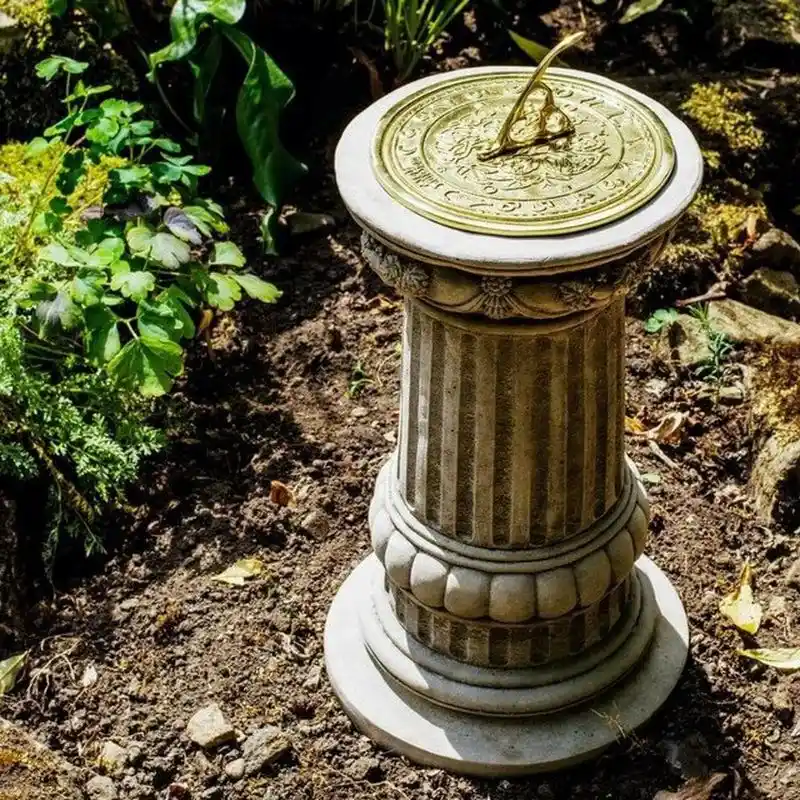
Once a functional garden centerpiece, sun dials told time by capturing the sun’s movements. Their elegant design added a timeless quality to gardens. A relic of an era without digital clocks, they encouraged a slower pace. Crafted from stone or metal, they were both decorative and educational. While no longer essential, the charm of a sun dial remains unmatched. Imagine wandering through a garden and pausing to read the time by ancient methods. Today, they offer a nostalgic nod to the past and a unique focal point for modern landscapes.
Gazebo
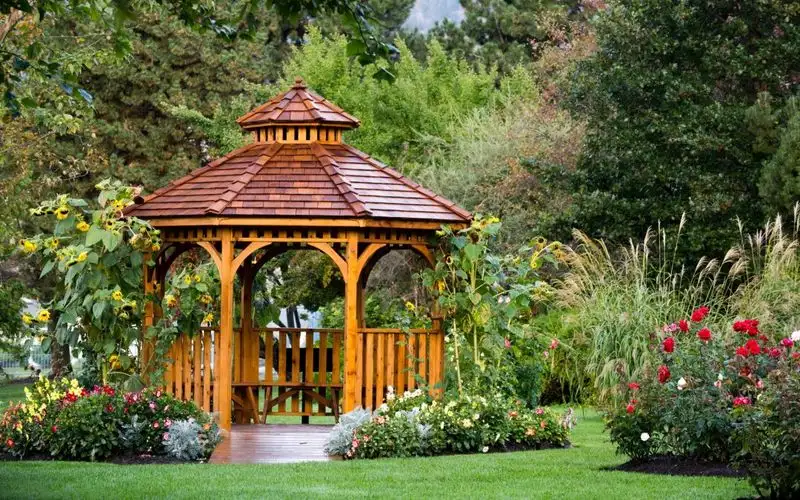
Gazebos once served as elegant garden retreats. These charming structures allowed for relaxation while enjoying the tranquility of nature. Often placed in the heart of a garden, they became a gathering spot for afternoon tea or summer evenings. Crafted from wood, with intricate lattice work, their design was both ornate and inviting. Despite being overshadowed by modern patios, gazebos maintain their allure. They evoke a sense of romance and are perfect for creating intimate outdoor spaces.
Bird Baths
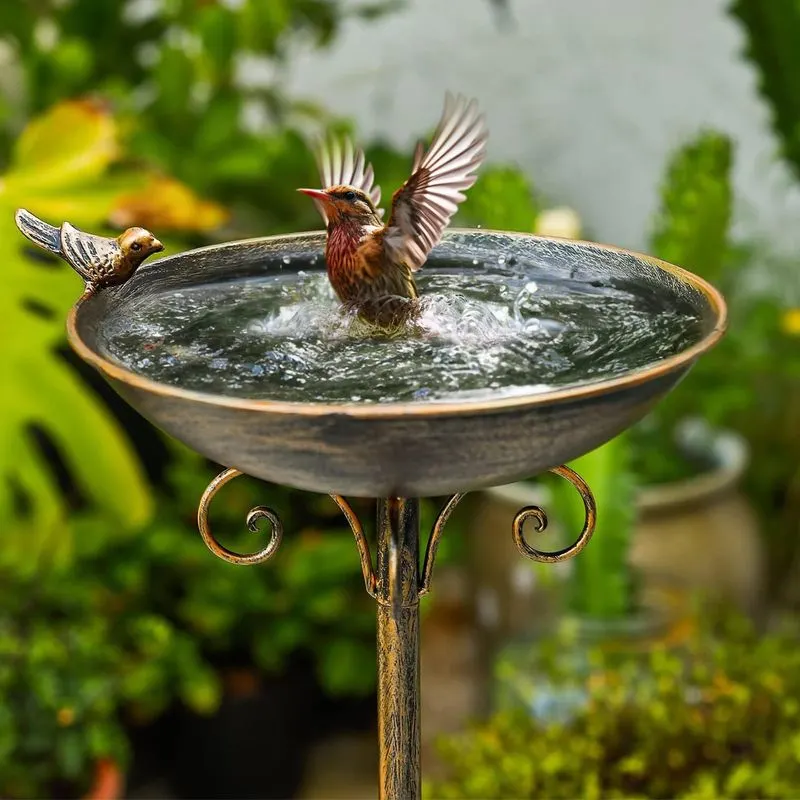
Bird baths were once a staple in American gardens, attracting feathered friends with their inviting design. These simple yet elegant structures provided a point of interest and a refreshing oasis for birds. Made from stone or concrete, their intricate designs often reflected the artistry of the era. While modern gardens may overlook them, bird baths offer a tranquil touch and support local wildlife. Imagine the gentle sound of wings fluttering and water splashing, bringing life and movement to any garden setting.
Wishing Wells
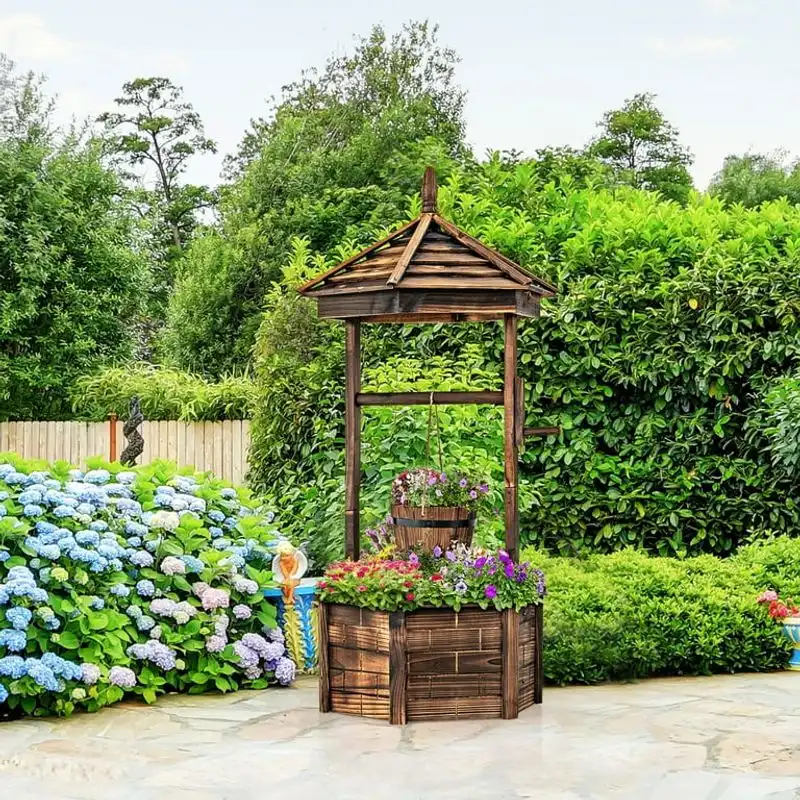
Wishing wells added a whimsical touch to gardens, sparking imagination and dreams. Believed to grant wishes when coins were tossed in, they became a focal point for storytelling and childhood wonder. Often constructed from wood or stone, these quaint features were both decorative and magical. Though rare today, their enchantment lingers. They inspire a sense of mystery and nostalgia, inviting one to ponder the wishes of the past. A wishing well could be the perfect addition for those seeking a unique garden element.
Pergolas
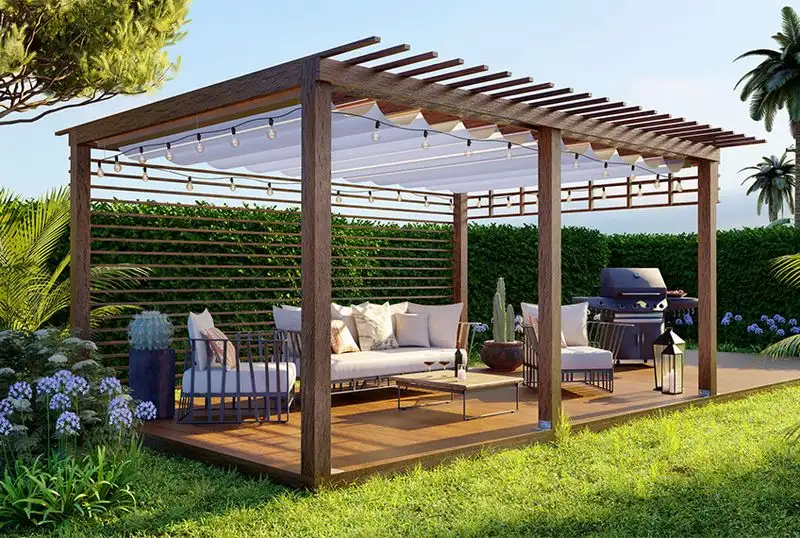
Pergolas once graced gardens with their elegant arches and climbing flora. These structures offered shade and a sense of tranquility, creating a passageway that was both functional and beautiful. Made from wood or metal, they supported vines that draped overhead, forming natural canopies. Though modern versions exist, traditional pergolas have a distinct charm. They provide structure to a garden and can transform an ordinary space into an enchanting retreat. Perfect for trailing roses or wisteria, a pergola invites nature to mingle with architecture.
Topiary
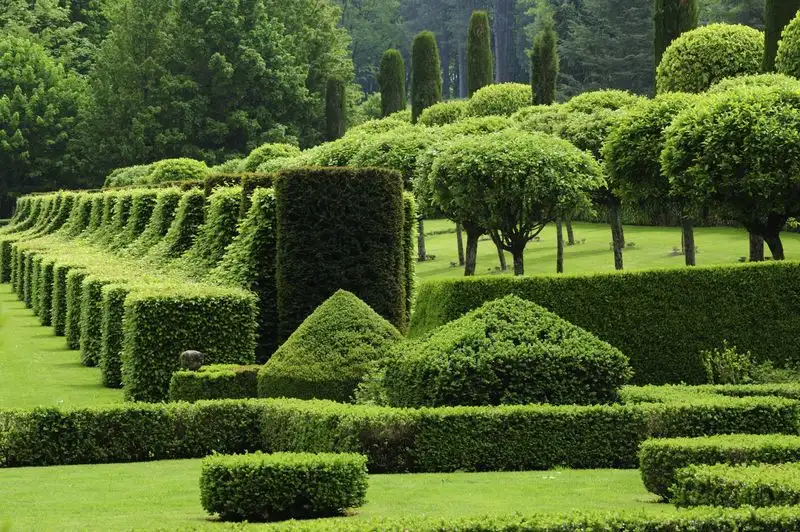
Topiary art turned hedges into living sculptures. This practice required patience and a deft hand, creating whimsical shapes and designs in gardens. Once a hallmark of elegance and sophistication, topiary gardens showcased creativity and precision. Though less common today, the allure of meticulously shaped greenery remains. Topiary can add a touch of whimsy or class to any garden. Imagine a garden where plants take on the form of animals or abstract art, a testament to the gardener’s dedication and vision.
Arbors
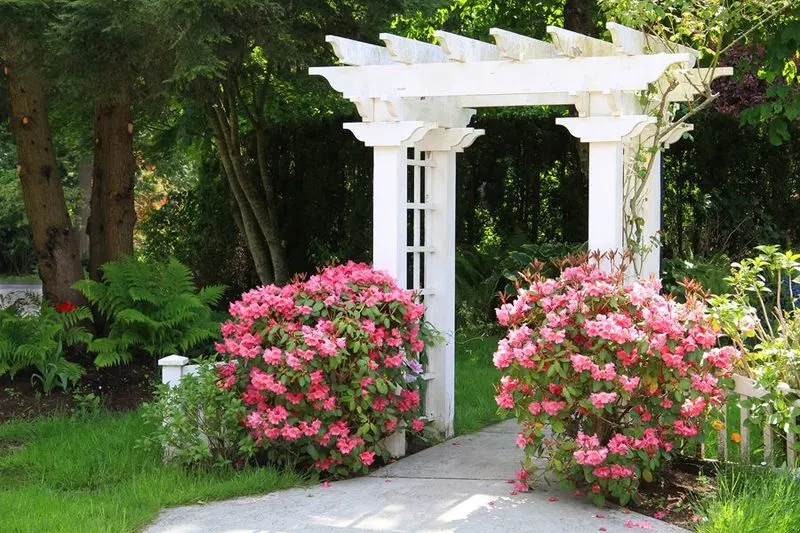
Arbors marked the entrance to many traditional gardens, inviting visitors with their arching beauty. These structures supported flowering vines, forming natural gateways. Made from wood or wrought iron, they added elegance to garden paths and were often used to frame scenic views. Though sometimes overshadowed by modern garden design, arbors offer an enchanting way to transition between spaces. They are perfect for those who wish to create a sense of journey and discovery in their gardens, enhancing the overall aesthetic.
Herb Spirals
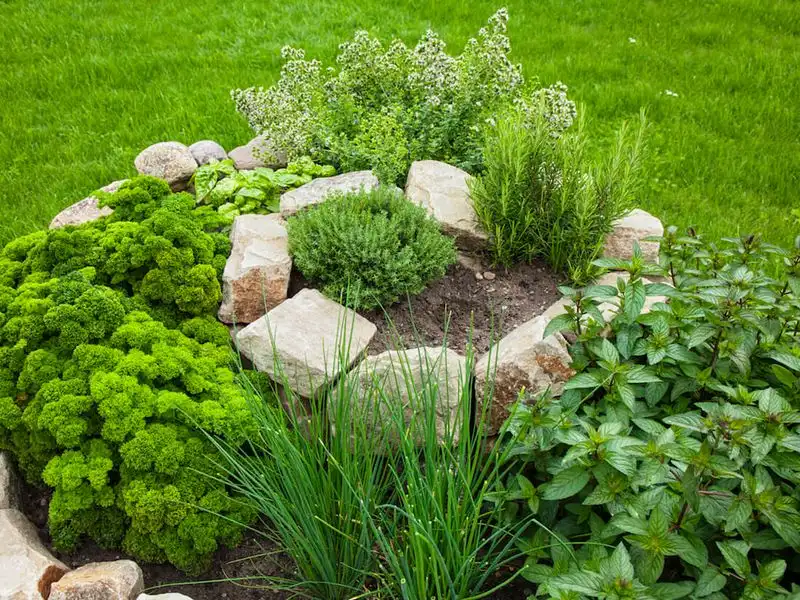
Herb spirals are a clever, space-saving solution once popular in small gardens. This design elevates different herbs in a spiral arrangement, utilizing vertical space creatively. Made from stones or bricks, the spiral form provides varied microclimates, ideal for diverse plant needs. Despite their practicality, herb spirals have fallen out of favor in modern landscaping. Yet they remain a wonderful way to cultivate herbs for culinary and medicinal use. This feature could inspire a kitchen garden that’s both functional and visually appealing.
Victorian Greenhouses
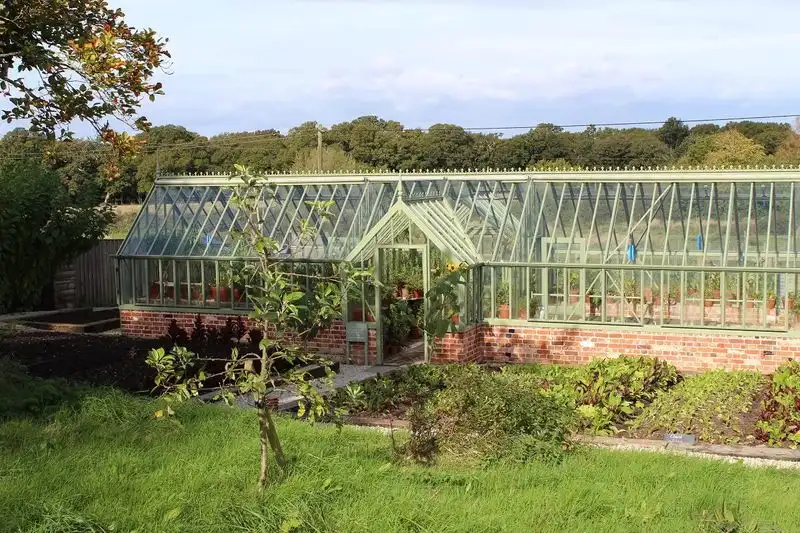
Victorian greenhouses were masterpieces of glass and iron, housing exotic plants in elegant settings. These structures symbolized a fascination with botany and exploration. They allowed gardeners to cultivate sensitive species and extend growing seasons. The intricate design and craftsmanship of these greenhouses added grandeur to any estate. Though modern greenhouses are more utilitarian, the Victorian style offers a return to an era of discovery and luxury. Their beauty and function continue to inspire gardeners seeking to combine utility with aesthetic appeal.
Ornamental Fountains
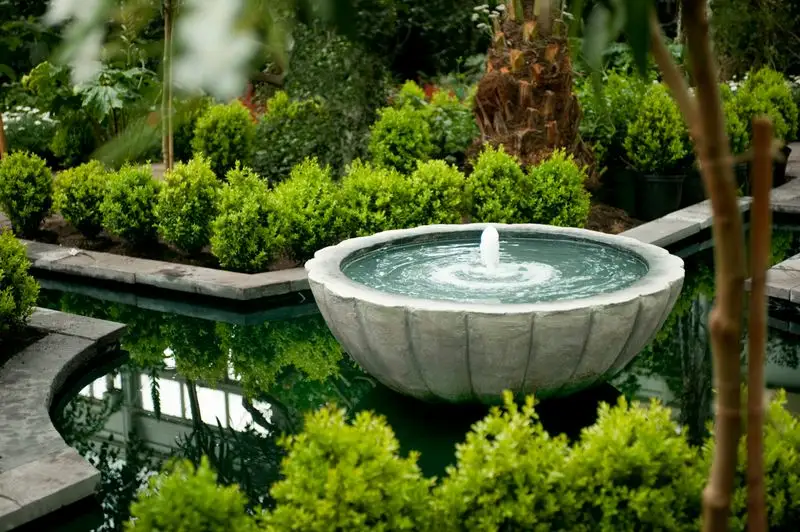
Ornamental fountains once graced American gardens with their soothing presence. Crafted from stone or marble, these fountains featured intricate designs and statues. They provided not only a visual focal point but also the calming sound of flowing water. While contemporary gardens might opt for simpler water features, the grandeur of ornamental fountains remains unmatched. These structures invite contemplation and offer a soothing ambiance, perfect for creating a relaxing garden retreat.
Trellises
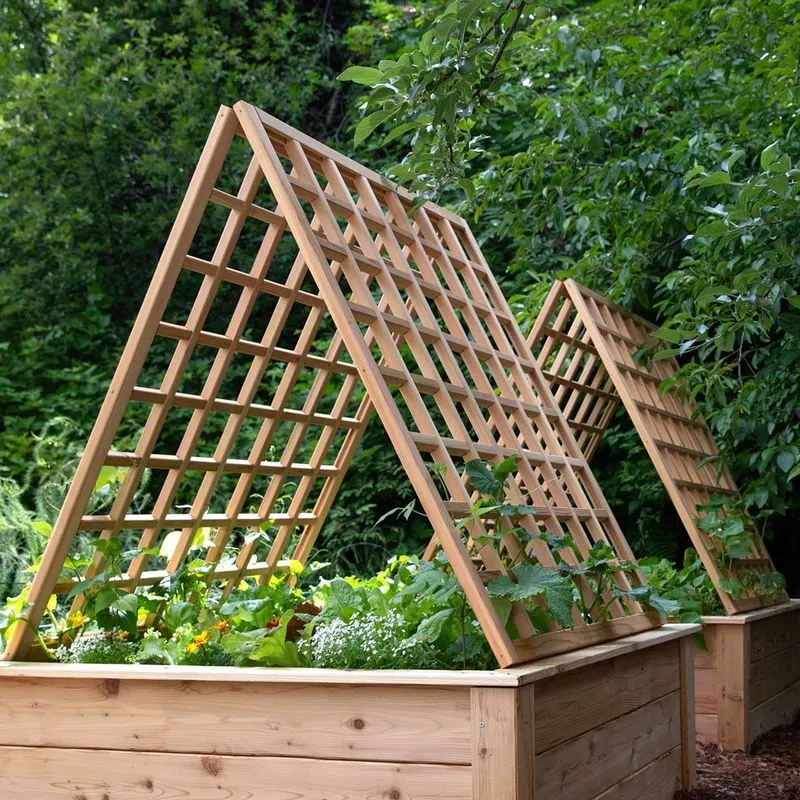
Trellises have long supported climbing plants, turning vertical spaces into vibrant walls of flora. Crafted from wood or metal, they offered both function and beauty. Once a staple in gardens, trellises provided structure for roses, clematis, and grapes. While their use has evolved, the charm of a well-placed trellis endures. They can transform bare walls into living art, adding dimension and color. For those who love vertical gardening, a trellis offers endless possibilities to enhance outdoor aesthetics.
Hedge Mazes
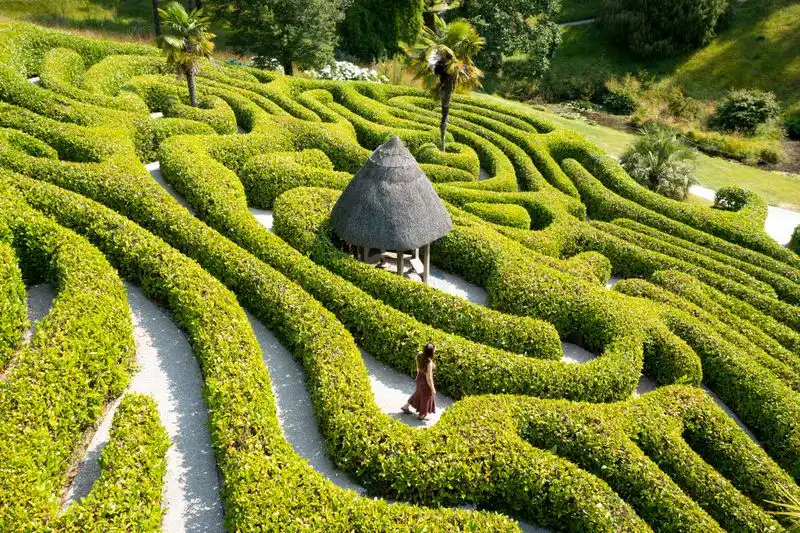
Hedge mazes were the ultimate garden puzzle, inviting exploration and adventure. Crafted from thick, tall hedges, they created mysterious pathways to wander and get delightfully lost. Popular in European estates, they symbolized prestige and creativity. While rare in modern gardens, the idea of a hedge maze captivates the imagination. They provide interactive, living sculptures that challenge and entertain. A hedge maze could be a captivating feature for those who enjoy gardening with a playful twist, offering both beauty and intrigue.
Stumperies
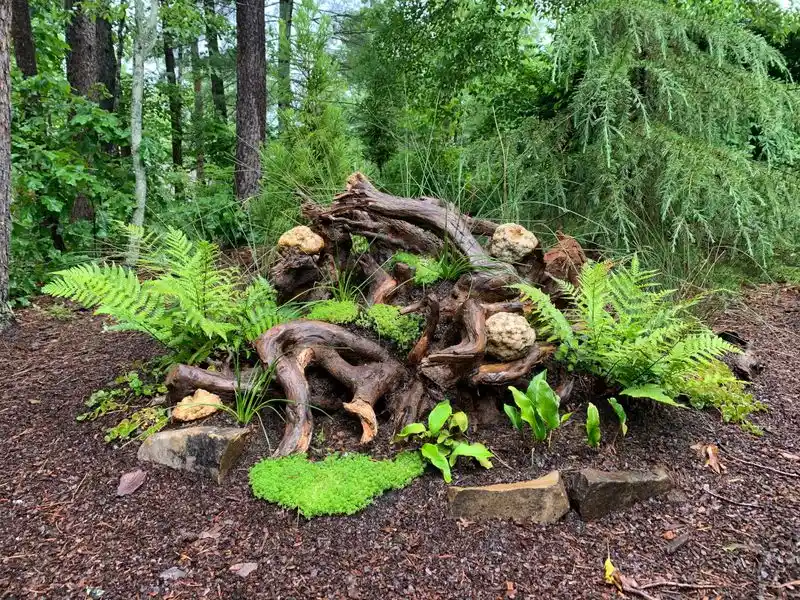
Stumperies turned uprooted tree stumps into artistic garden displays. These features celebrated natural decay and were often planted with ferns and mosses. Originating in the Victorian era, they added a rustic charm to gardens, showcasing nature’s beauty in decomposition. Though not commonly seen today, stumperies offer a unique way to embrace natural aesthetics and biodiversity. They create a habitat for wildlife and can transform a garden corner into a woodland fantasy. For those seeking an eco-friendly garden feature, a stumpery is a fascinating choice.
Knot Gardens
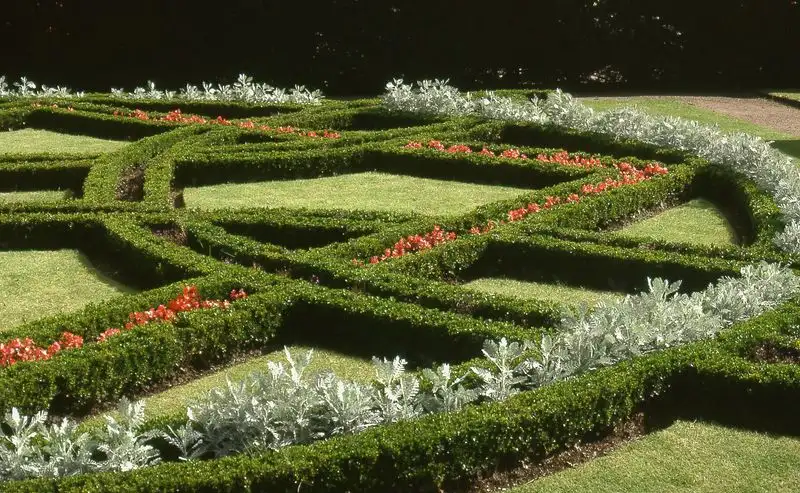
Knot gardens were a testament to the art of precision gardening. Featuring intricate patterns crafted from low hedges, they showcased geometric designs that were both beautiful and complex. Originating in the Renaissance, these gardens expressed wealth and sophistication. Though labor-intensive to maintain, their beauty is undeniable. Knot gardens offer a glimpse into historical gardening practices and can be a rewarding project for the dedicated gardener. Their symmetrical beauty adds a touch of elegance and history to any landscape, perfect for those who appreciate detailed artistry.
Cold Frames
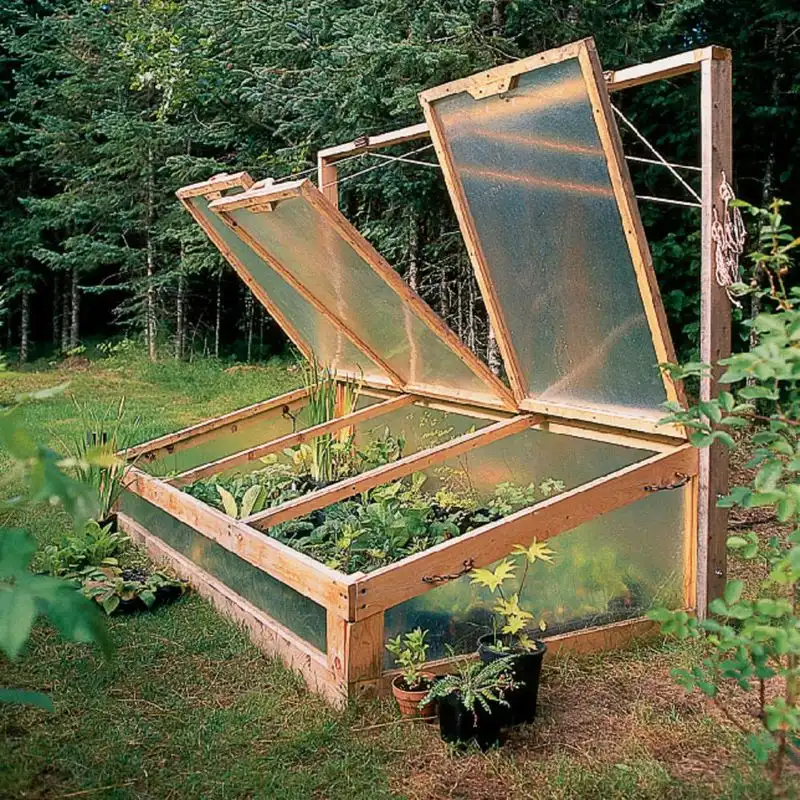
Cold frames extended the gardening season by protecting plants from frost. These unassuming structures used the sun’s warmth to create a microclimate, fostering seedlings and tender plants. Made from wood and glass, they were an essential tool for early and late season gardening. While greenhouses have largely replaced them, cold frames remain a practical solution for small gardens. They allow gardeners to start planting earlier and enjoy fresh produce longer. For those interested in sustainable gardening, cold frames offer a simple, effective method to maximize growing potential.

